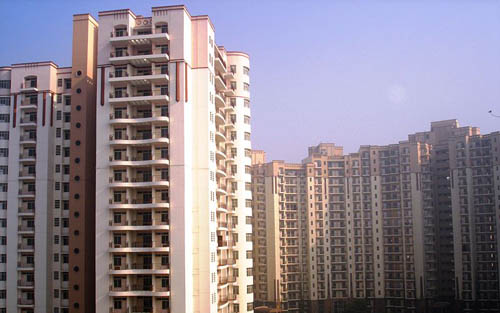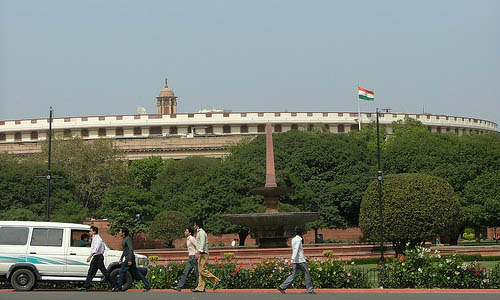
ASSOCHAM calls for planned and orderly growth of real estate industry
The Associated Chambers of Commerce and Industry of India (ASSOCHAM) has called for a strong and transparent regulator for the real estate sector for an orderly growth.

The Associated Chambers of Commerce and Industry of India (ASSOCHAM) has called for a strong and transparent regulator for the real estate sector for an orderly growth.

Track2Realty Agencies: Expressing hope that Parliament will pass the Real Estate (Regulation and Development) Bill in its Monsoon Session, Housing and Urban Poverty Alleviation (HUPA) Minister Girija Vyas said that the legislation aims to protect consumer interest but was not against the industry.

Track2Realty-Agencies: The Federation of Indian Chambers of Commerce and Industry (FICCI) has demanded industry status to be granted to real estate sector in the upcoming Budget 2013-14.

Judging by feedback obtained from a cross-section of Indian retail players, it emerges that most retailers perceived 2011 to be a flat year.

Wetlands are under severe threat from the real estate lobby and industry as they are easy to lease out, Environment Minister Jairam Ramesh said in Ahmedabad on Wednesday.

At a time when there is a mad rush to launch new projects in & around the airports across the cities of India, a developer in Bengaluru opted to go in the diametrically opposite direction. Prima facie, what appeared to be a case of finding a better or affordable land parcel in that given location of South-West Bengaluru had a strategy that very few adopt in the business of Indian real estate. The strategy to define demand through scientific research. The demand in the market was assessed with consumer psychograph study – what consumers want; what they need; where are the gaps; and how a new housing project could fill in that gap.

Equity capital inflows touched USD 8.9 billion between January and September, registering a 46% Y-o-Y growth. The strong momentum in deal volume continued, with about 200 deals reported during this period, compared to 151 deals in the same period last year. The average deal size also increased to nearly USD 45 million in the first nine months of 2024 from about USD 36 million in 2023. Mid-sized deals, ranging between USD 10-50 million, represented 56% of the total investment inflows during this period.

How was the festive season for property market this year? The answer depends upon whom are you addressing the question. For the large universe of the developers, it was worse festive season in the last 5-7 years. But for a few select listed developers, the fortunes are different. The ground reality of the market is that Diwali fireworks was definitely missing for Indian real in 2024, despite over optimism and influence peddling ahead of the festive season. Track2Realty analysis.

As the education sector evolves, factors such as technology permeation, revamped building designs, and focus on health & safety are likely to define education real estate. Besides, modern educational building design must prioritise flexibility so that spaces can be reconfigured to adapt to various teaching methods and activities, developing a dynamic learning environment. To address this and move away from traditional classroom setups, educational buildings now include collaborative spaces to encourage teamwork and group learning. Moreover, sustainable, and eco-friendly design elements, such as energy-efficient systems and natural lighting, are becoming increasingly common to reduce the environmental impact of educational buildings.

This long-term growth in real estate is underpinned by six salient growth levers which includes, rapid urbanization, infrastructure development, digitalization, demographic shifts, sustainability and investment diversification; all of which will form the bedrock for a quantum leap in Indian real estate by 2047. These long-term growth ingredients will be pivotal in the expansion of Indian real estate – from under a trillion currently, to potentially a USD 10 trillion market by 2047, accounting for a 14-20% share in the country’s GDP.
